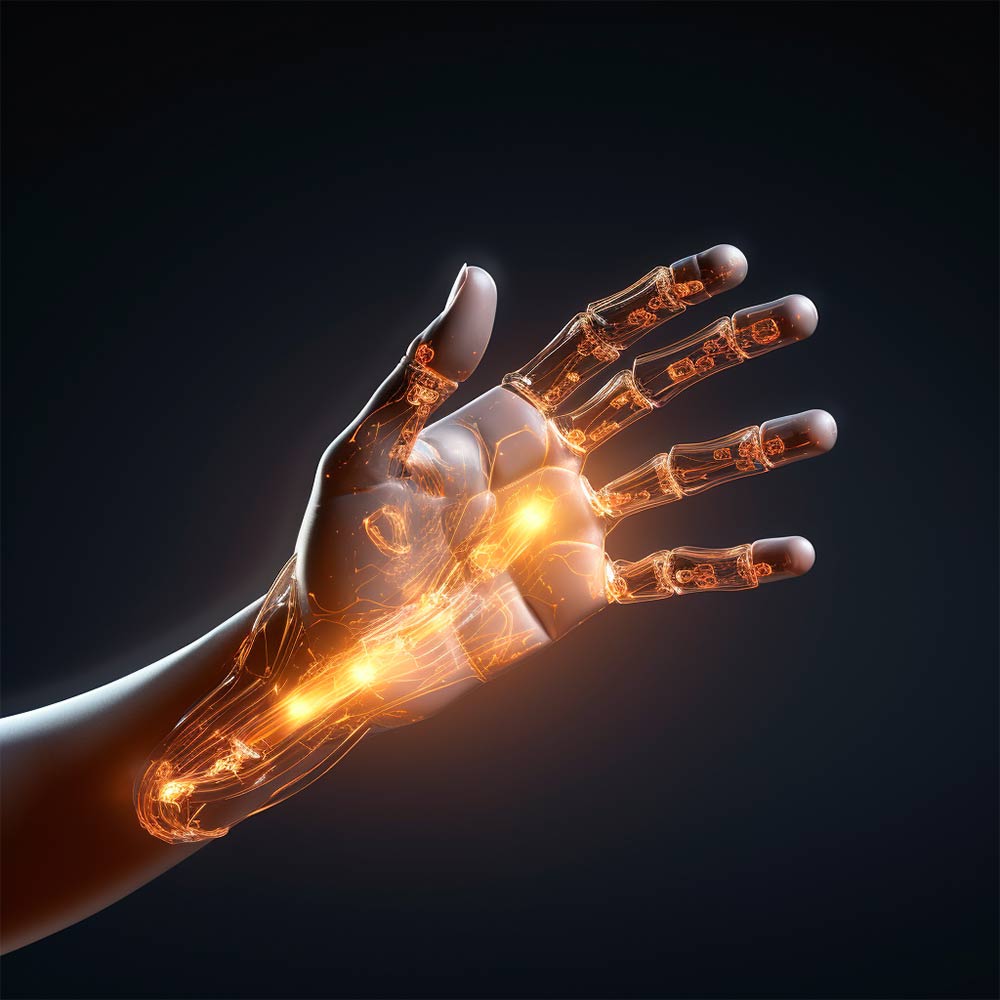Studying Marine Life with Seaweed-Based Soft Robots

The upcoming years will witness a remarkable shift towards miniaturization and decentralization. Millions of power-efficient IoT devices will extend computing and sensing capabilities to unexpected places, including the development of small-sized robots capable of operating underwater. However, alongside technical considerations, we must also address sustainability concerns. What happens to these machines when they reach the end of their useful life?
Fortunately, a team of scientists at Carnegie Mellon University in the USA has made a significant breakthrough. They have discovered a method to produce soft robots that are both technologically advanced and environmentally friendly. By utilizing seaweed derivatives, these robots are biodegradable, paving the way for a more sustainable future. In this article, we will explore the intricacies of this scientific breakthrough and its potential applications in creating a greener and more sustainable world.
In this article you can read about:
Seaweed-based biorobots
Soft robots, known for their delicate object-handling capabilities, have traditionally been constructed using synthetic polymers, rubbers, and plastics. While these materials enhance durability, they also pose environmental risks. So, how can we develop a new generation of biodegradable robots? The path to achieving this goal involves numerous challenges.
In the context of this article, the team of scientists has primarily focused on creating robotic actuators—the mechanisms responsible for generating movement in robots. Their approach involves utilizing calcium alginate derived from brown seaweed. This material is injected into hydrogels, which serve as scaffolding for 3D printing the robot parts.
The initial prototypes produced in the laboratory include a two-finger gripper designed to pick up and manipulate objects from the environment. Each finger incorporates an internal cavity that can be hydraulically actuated by pumping liquid to modify the pressure.
Remarkably, these robot parts are incredibly soft and even edible, to the extent that they were used as food for sea slug specimens in the lab. The scientists closely monitored the slugs’ digestive process for 29 days to ensure the actuators metabolized without issues.
Consequently, this new generation of robots can be lost or abandoned in the marine environment without the fear of polluting it. The next crucial step towards achieving fully biodegradable robots lies in developing biodegradable electronics or batteries made from materials like paper. By combining such advancements, biorobots will join bioplastics in combating the menace of ocean pollution.

Type of soft robots
As a branch of biomimetics, soft robotics draws inspiration from living organisms, making it a highly promising field. Its unique qualities make it an optimal technology for interactions with animals and plants. In the case of the soft robotics developed by the American university team, one compelling application lies in studying marine life. Theoretically, these robots could handle delicate creatures like jellyfish without causing harm, facilitating further scientific investigations.
Soft robots can be categorized into four fundamental types based on their applications:
- Prosthetics: Soft robots, mimicking the behavior of living beings, can potentially revolutionize the prosthetics sector. By offering more human-like limbs, they can enhance mobility and functionality for individuals in need.
- Muscular: These soft robots excel at lifting objects without causing damage. In some cases, they possess self-healing capabilities, further extending their usefulness and resilience.
- Edible: With the emergence of biodegradable robots, the possibilities of drug delivery and metabolization within the human body have become feasible. These robots can be designed to release drugs and then be safely metabolized, offering innovative approaches to medical treatments.
- Climbers and crawlers: Soft robots known as climbers possess remarkable flexibility, enabling them to access and navigate challenging or hard-to-reach areas. This makes them invaluable for tasks requiring exploration and inspection in various fields.
3D printing with bioinks
The developers of the soft robots used for marine research have employed a proprietary 3D printing system with bioinks. Bioinks are specialized inks utilized in bioprinting to create three-dimensional structures of living tissues and organs. These inks contain vital biological components that sustain the viability and functionality of cells during the printing process.
The development of effective bioinks plays a critical role in bioprinting functional tissues and organs, such as lungs. These bioinks must be biocompatible, meaning they should be non-toxic to cells and support proper cell growth and differentiation.
Previously, bioprinting was considered an imprecise system that posed significant challenges in reproducing complex parts accurately. Fortunately, the researchers involved in this project have been working on a system known as FRESH (Freeform Reversible Embedding of Suspended Hydrogels). This system enables the printing of soft gels, overcoming previous limitations and enhancing precision in bioprinting.
It is worth noting that biomaterials and 3D printing are not only poised to revolutionize technologies like soft robots but also hold significant potential in fields such as construction, as discussed in a previous article. The convergence of these advancements is expected to bring about transformative applications in various industries.
Source:

